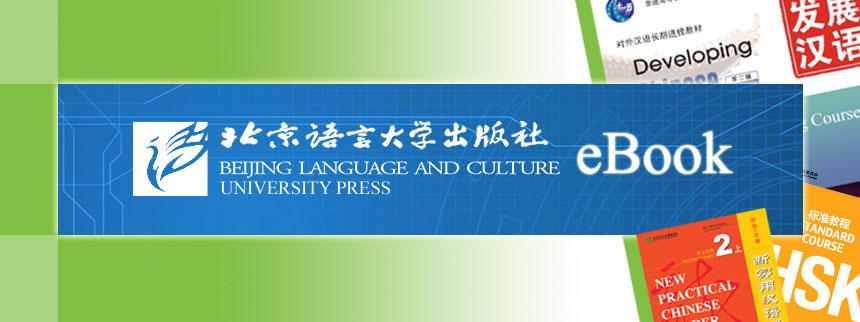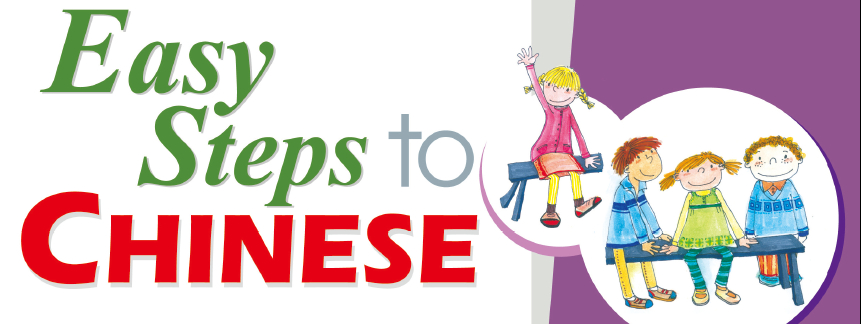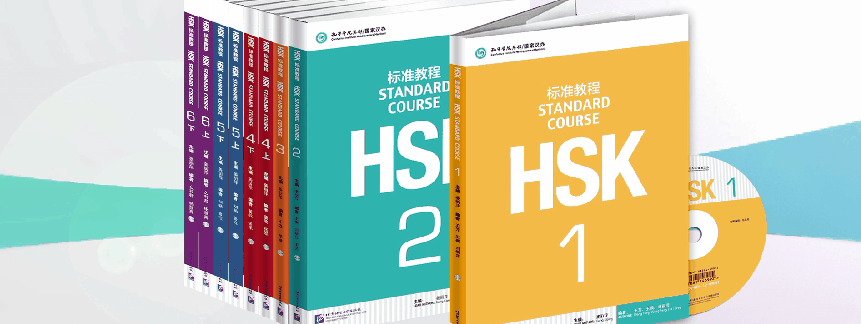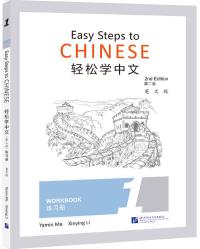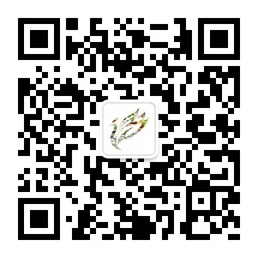Online Bookstore
- Easy Steps to Chinese (2nd Edition) (Arabic Edition)Workbook 3
- Easy Steps to Chinese (2nd Edition) (Arabic Edition)Textbook 3
- Easy Steps to Chinese (2nd Edition) (Arabic Edition) Workbook 2
- Easy Steps to Chinese (2nd Edition) (Arabic Edition) Textbook 2
- Easy Steps to Chinese (2nd Edition) (Arabic Edition))Workbook 1
- Easy Steps to Chinese (2nd Edition) (Arabic Edition)Textbook 1
Easy Steps to Chinese (2nd Edition) Workbook 1
Author:Yamin Ma, Xinying Li
- Medium:Books
- ISBN: 9787561956274
- Page Count: 158
- Size:
- Pub Date:2020-10
- The book weight: 400 g
- Annotation Language:English
- Course:Non-textbook
- Target Audience(Age):Primary School ,Middle School
- Target Audience(Language):Beginner,Elementary
- The Series: Easy Steps to Chinese (2nd Edition)
- Subject Zone: Easy Steps to Chinese (2nd Edition)
- Price:
-
Category: Readers & Supplements >Supplements

